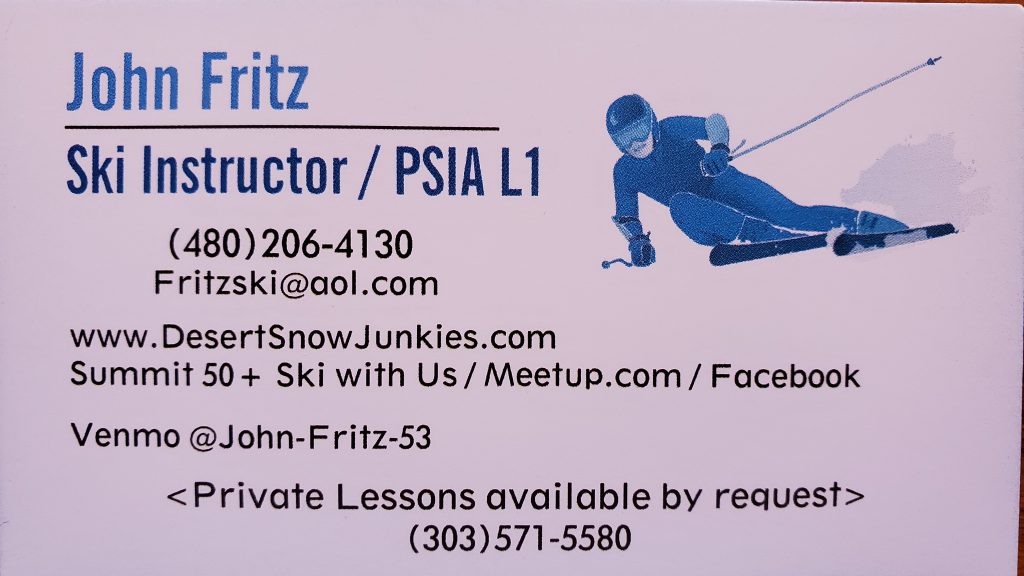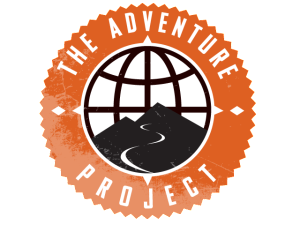Ski Trivia & History
In no logical order whatsoever…
- The “Bear Trap” binding invented in 1932 had a cable that could be fixed or unfixed for freeheel skiing making it both the first alpine and alpine-touring (A/T) binding. Unfortunately it was non-releasable and responsible for many a nasty knee injury.
-
With their turned up tails, the 1974 Olin Mark IVs became the first twin tips. They also became one of the best selling skis of all time.
-
You don’t tend to see that many Volant skis on the hill, but this lesser known company has been around for a long time and is responsible for initiating many of the modern ground breaking designs well before their time. In 1993 the appearance of the Volant Chub with a hefty 90mm of width under foot brought us the first “midfat” ski. Then in 2002 they introduced a specialty deep powder ski called the Spatula with revolutionary reverse camber (rocker) and convex sidecut.
-
The 2010 ski and snowboard season marked the 75th anniversary of the world’s first chairlift operation. Skiers riding the chairs over the glistening fresh powder at Sun Valley, Idaho, might be surprised to learn Union Pacific Railroad invented the chair lift in Omaha, Neb., and introduced it in 1936 at Sun Valley Resort.
-
What ski resort has the greatest uphill lift capacity in North America? Squaw Valley, CA
-
What lift-served ski area has the most average snowfall in the lower 48? Mt. Baker, WA with 647” annually
-
Storms that deposit light, cold snow on top of a denser layer create the best powder conditions. Storms that dump thick, heavy snow on a fluffy bottom layer elevate avalanche danger.
-
Some interesting ski facts regarding the fairer sex:
-
Forty percent of skiers are women and 36 percent of skis sold are woman specific.
-
Remember Suzy “Chapstick” Chaffee? She pioneered the first female specific ski.In 2005
-
Roxy became the first company to produce only women’s skis and snowboards.
-
Over the years, women specific skis have evolved from only cosmetic differences to modified binding placement / orientation, flex characteristics, and sidecut. These changes are based on a different center of gravity and are not only meant to enhance performance, but also safety.
-
ACL tears are eight times more frequent in women than men.
-
The father of glading or tree skiing is considered to be Real Boulanger of Mt Sutton, Quebec. His philosophy: cut a few trees that are in the way, let people ski it for a season, then cut every tree with blood on it.
-
Speaking of trees and blood, within two weeks of each other in 1998 two celebrities died from hitting a tree. Sonny Bono at Heavenly and Michael Kennedy at Aspen.
-
The latest design for deep powder skis has been taken from water skis. It turns out that the medium of bottomless powder has more in common with water than it does hardpack. The latest design breakthroughs of negative camber, or rocker, and reverse sidecut were both inspired from waterskis.
-
Did you know there is actually no difference at all between alpine and telemark skis other than graphics and marketing. Knowing that, I wonder if there’s a difference in price???
-
Tests have shown the life of a ski to be about 75 days of hard skiing before any significant material breakdown begins. (WARNING: this does not apply to skis or boots left in the garage or automobile in the summertime in Phoenix!!!)
- Squaw Valley: Ever wonder how their well known lift KT-22 got it’s name? Probably not, but interestingly enough it turns out that back in 1948 it took Squaw pioneer Sandy Poulsen 22 Kick Turns to get down the run’s north facing steeps. So there you have it.
- The North Face gear company was named after the coldest, most unforgiving side of a mountain. Ironically, it was started at on altitude of only 150′ in San Francisco in 1966 by two avid hikers who founded a small mountaineering retail store. As they say, “the rest is history”.
- BY THE NUMBERS: The number of resorts –
open year-round = 1 (Timberline, OR)
in New York, the most in any state = 48
in the U.S. In 1983 = 735
in the U.S. In 2009 = 473
- “Stay safe my friends”: A 2012 issue of Powder Magazine has an eye-opening article entitled “Nature’s Feedback, Why are so many of the best skiers dying?” Since 2001, 31 high profile skiers have lost their lives with all but four being in the last six years. The roster includes such names as Doug Coombs, Shane McConkey, Arne Backstrom, Jamie Pierre, and Sarah Burke. Just last month an avalanche in Nepal took eleven lives and very nearly claimed skiing icon Glen Plake.
- We have now reached the point where in the U.S. close to 50 per cent of the skiing and snowboarding population is regularly using a helmet. That number has been steadily growing by about four to five per cent per year since the mid- to late-1990s.
- As you dust off your skis from last year, do you wonder if you should have relaxed the binding springs before taking out the golf clubs last spring? Will the bindings still function reliably?
Answer: Not to worry, you could leave your bindings set for 30 years and not affect performance one way or the other, at least in regard to the springs. Skis will normally wear out long before the bindings. And within the binding design, several other components or functions will usually fail, or at least become unreliable before the springs ever wear out.
- What is the southernmost lift served ski area in the US? Mt. Lemmon Ski Valley in Tucson, AZ









As a HUGE Volant fan, I always thought the Power Carve was Volant’s first entry into the mid-fat market and that the Chubb was their first powder ski. At least that’s how Wolfgang and the gang at the Austrian Ski Shop in Montreal sold them to me. I still have my Chubbs and only wish I could say the same about my Power Carves. They were one sweet all-mountain ski, especially when the snow turned to absolute junk.
Dave Fonda
Canadian Editor, Snow East Magazine
Awesome Dave. Thank you so much for the insight.